|
Part 1: Windjana Gorge |
| Map: Windjana Gorge |
|
|
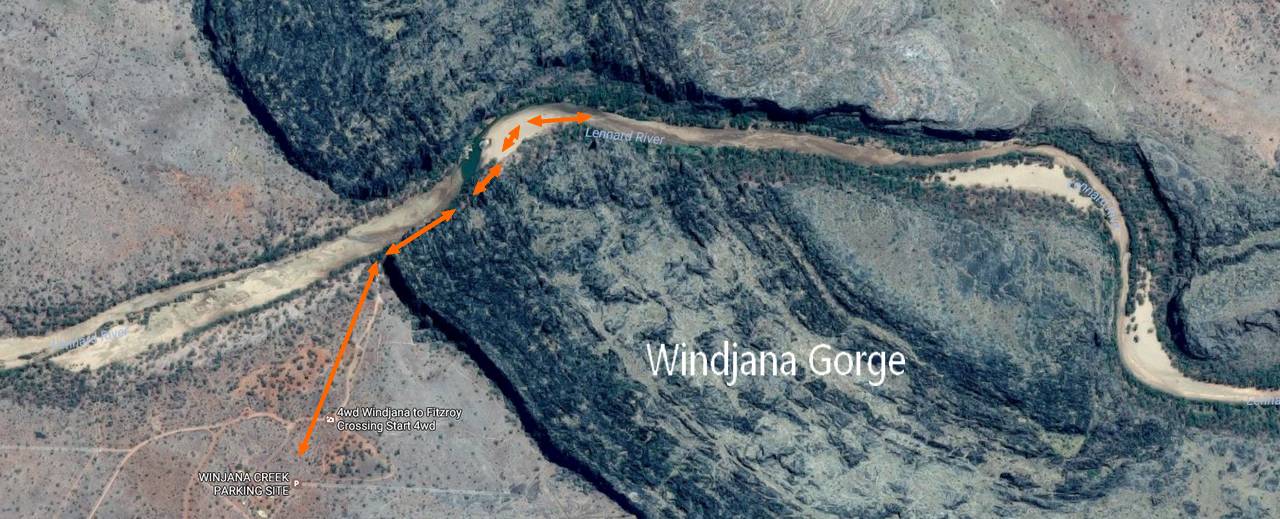 |
|
Windjana Gorge was gazetted as a National
Park in November 1971 because of the need to protect and preserve its
natural attractions and to offer facilities to its many visitors.
The park covers over 2000 hectares including
Lillimooloora Police Station ruins
and is situated 145 kilometres east of Derby and 150 kilometres north
west of Fitzroy Crossing.
The main attraction of Windjana is the scenic gorge carved by the
Lennard River, through the Napier Range, which exposes the ancient reef
system, regarded by geologists as a classic feature of world geology.
The Lennard River runs through the gorge in wet weather, but during the
dry season it forms pools surrounded by trees and shrubs.
The deep, moist soils of the riverbank support the tall broad-leaved
leichardt tree, native figs and the paper-barked cadjeputs. These trees
also provide shelter from the hot sun for many waterbirds, a colony of
fruit bats and a large group of corellas. Freshwater crocodiles can
often be seen in the pools.
The walls of Windjana Gorge rise abruptly from the wide alluvial
floodplain of the Lennard River, reaching about 100 metres high in some
places. The 3.5 kilometre long gorge cuts through the limestone of the
Napier Range; part of an ancient barrier reef, which can also be seen at
Geikie Gorge and
Tunnel Creek National Parks.
(Information
source - Department of Conservation and Land Management)
|
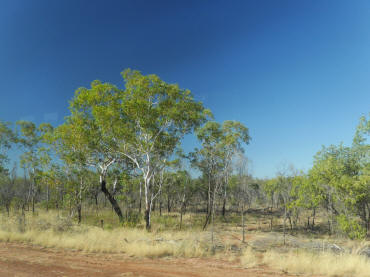 |
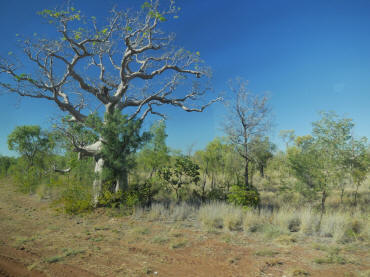 |
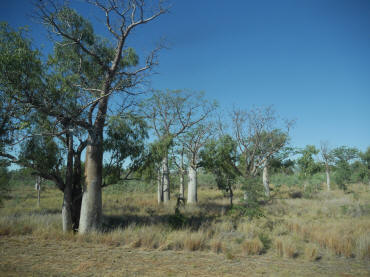 |
| On the Gibb River Road
east of Derby |
A Boab tree stands out in
the bush |
Lots of Boabs |
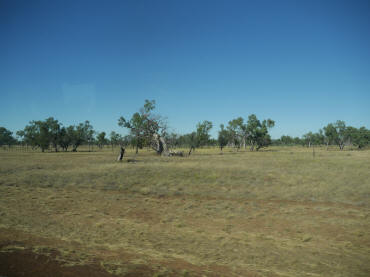 |
 |
 |
| Bush, quite sparse. |
A very large Boab |
Our Bus: We stopped here for
a photo break |
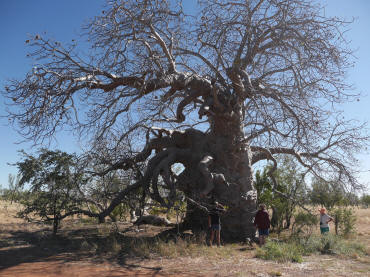 |
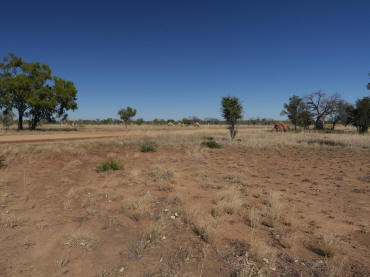 |
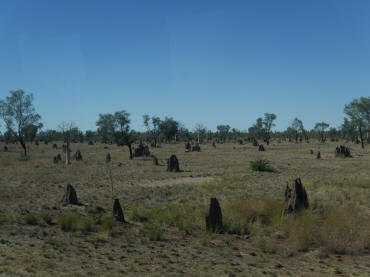 |
| A very large Boab |
Open bush |
Termite mounds, on higher
ground |
 |
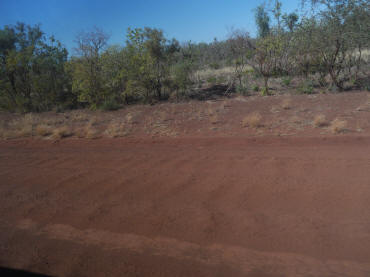 |
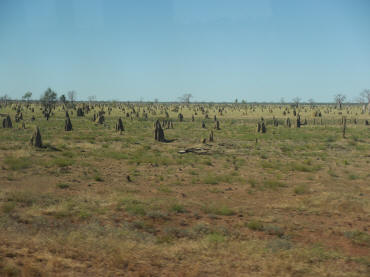 |
| Termite mounds |
This road was very rutted;
graders came though a few days later. |
Termite mounds |
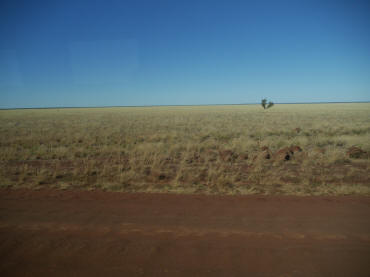 |
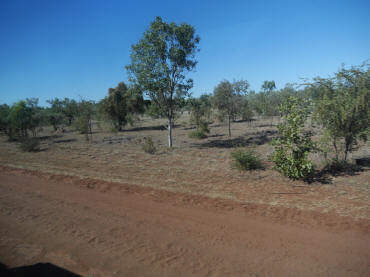 |
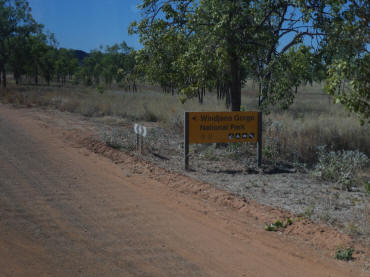 |
| Flood plains, too wet for
trees when it rains |
Interesting bush |
Our turn-off |
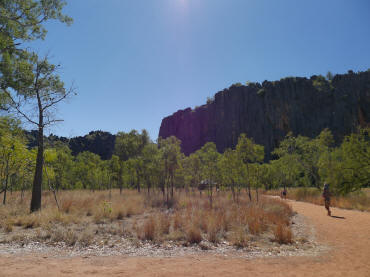 |
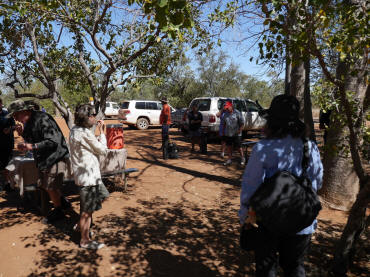 |
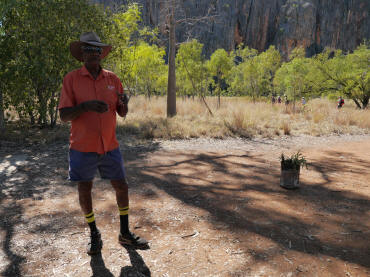 |
| The gorge ahead |
Morning Tea |
Our On-ground guide, a
local Aboriginal Elder |
 |
 |
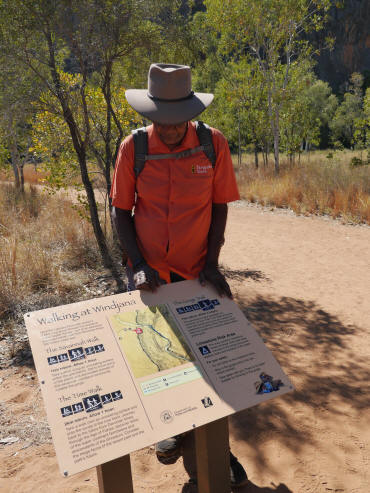 |
| Welcome ceremony |
We all pass through the
smoke |
Explaining the tour |
 |
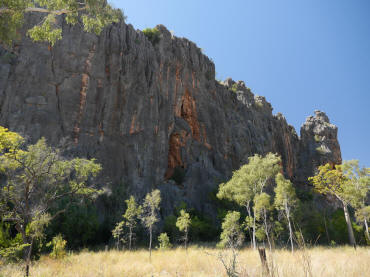 |
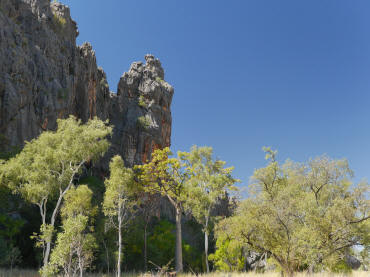 |
| Walk Notes |
Windjana Gorge view |
Windjana Gorge view |
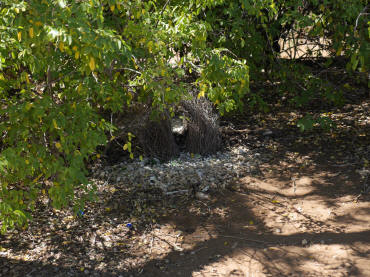 |
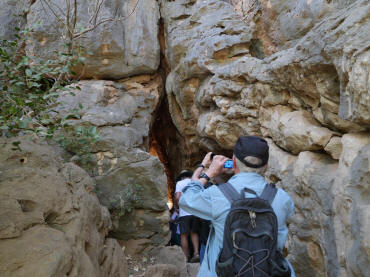 |
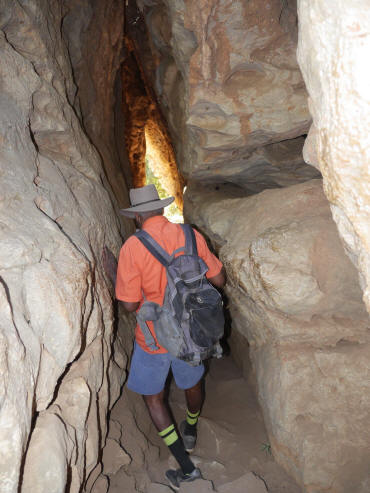 |
| Bower Bird nest |
Entering the Windjana
Gorge |
Entering the Windjana
Gorge |
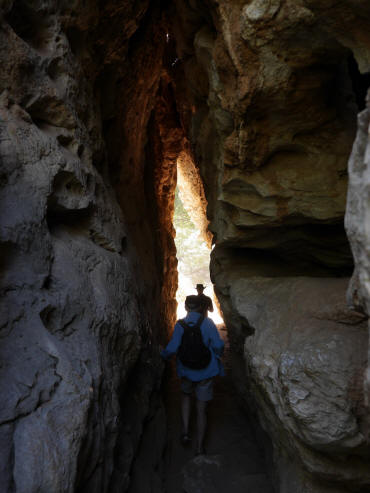 |
 |
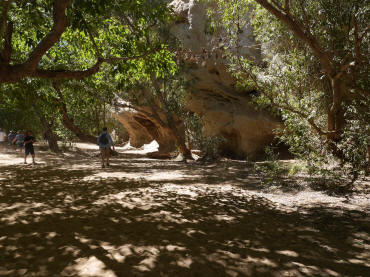 |
| Entering the Windjana
Gorge |
Safety sign.. Someone got
bitten by a crocodile a few days later due to stupidity...take notice |
Rock walls overhang the
walk |
 |
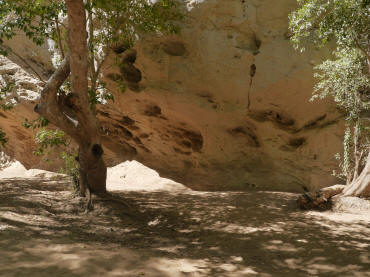 |
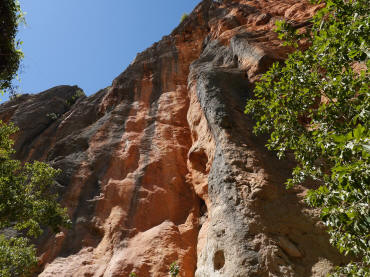 |
| First view of the river,
is that a crocodile down there? |
Overhanging rock walls |
Towering cliff face |
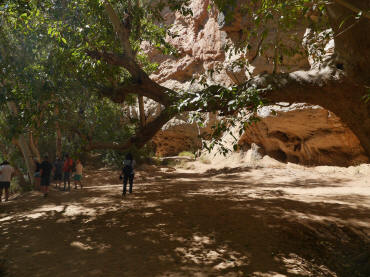 |
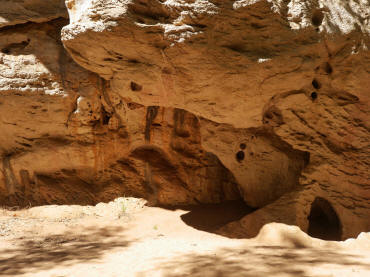 |
 |
| Overhanging rock walls |
Overhanging rock walls |
Information sign...
fossils abound in the limestone cliffs |
 |
 |
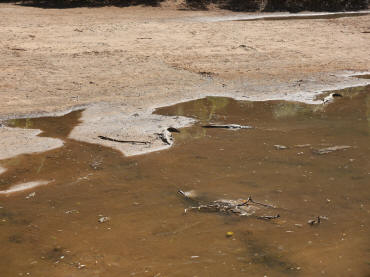 |
| Yes, we found a fossil. |
Yes, a crocodile! |
Oh, lots of crocodiles |
 |
 |
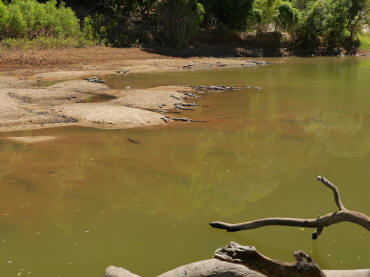 |
| crocodiles galore! |
A big crocodile |
There must be 20 plus over
there! |
 |
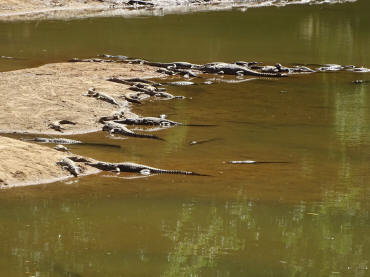 |
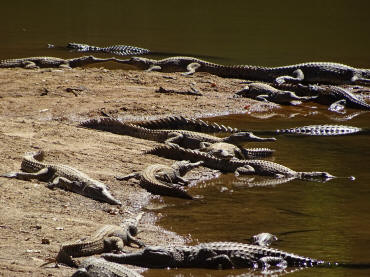 |
| Freshwater crocodile |
Many freshwater crocodiles |
Many freshwater crocodiles |
 |
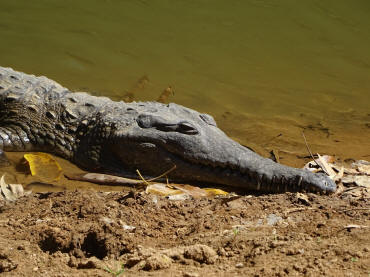 |
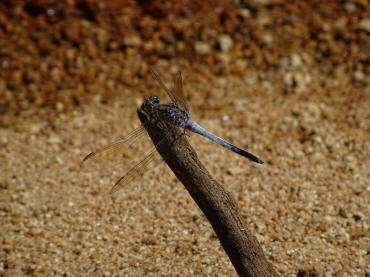 |
| Close-up freshwater
crocodile |
Close-up freshwater
crocodile |
Dragonfly |
 |
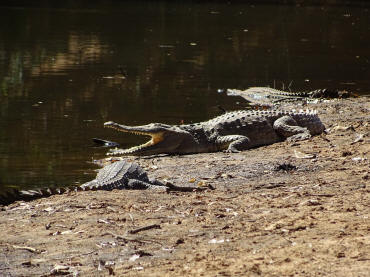 |
 |
| Close-up freshwater
crocodile |
Freshwater crocodile |
Close-up freshwater
crocodile |
 |
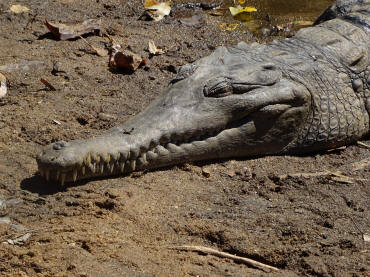 |
 |
| What large teeth you have! |
Close-up freshwater
crocodile |
Close-up freshwater
crocodile |
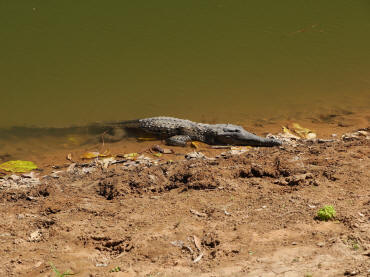 |
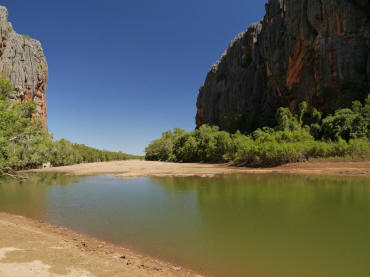 |
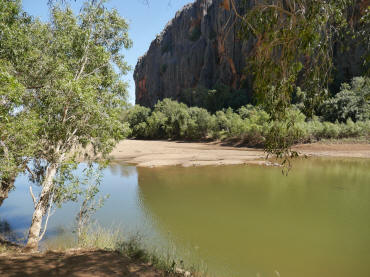 |
| Freshwater crocodile |
View up the Gorge |
View down the Gorge |
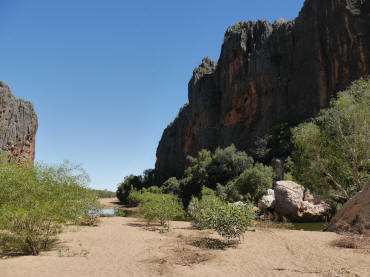 |
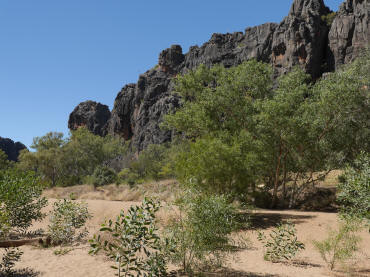 |
 |
| View down the Gorge |
View down the Gorge |
View up the Gorge |
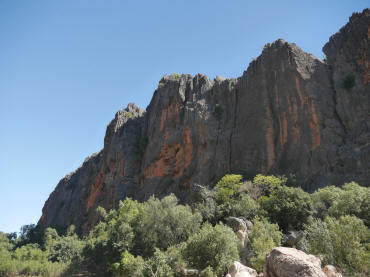 |
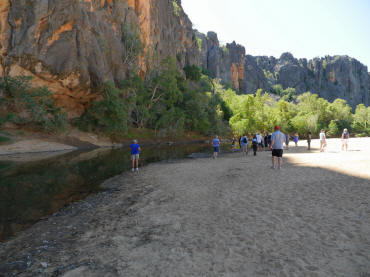 |
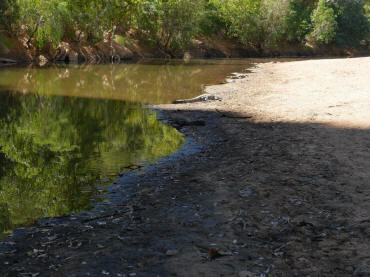 |
| View down the Gorge |
View down the river |
View down the river |
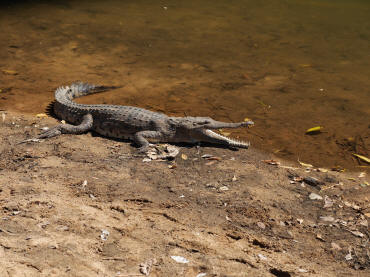 |
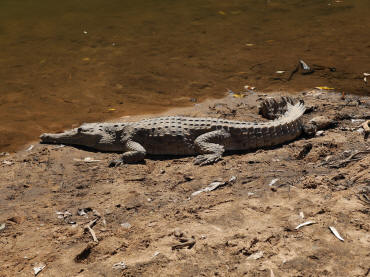 |
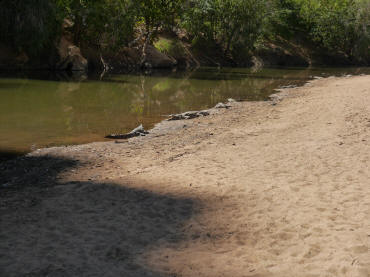 |
| Crocodile |
Crocodile |
More crocodiles |
 |
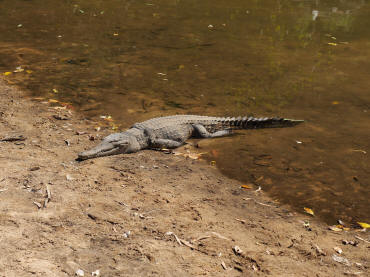 |
 |
| Crocodile |
Crocodile |
The last crocodile |
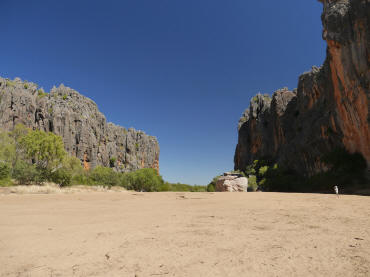 |
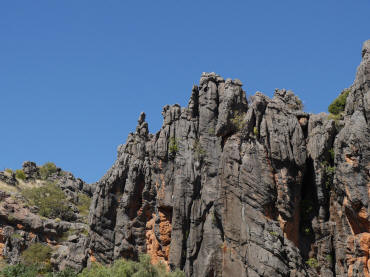 |
 |
| View down the Gorge |
View down the Gorge |
View down the Gorge |
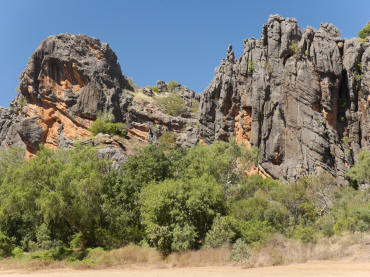 |
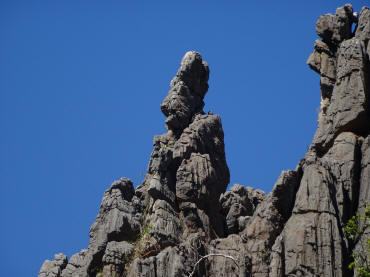 |
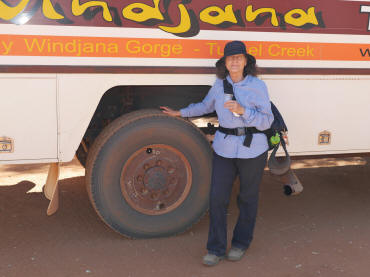 |
| View down the Gorge |
A sitting rock giant |
Your Bus needs tyres this big in
this country |
|
LPS |
|
|
| |
Back
Top |
|
| |
|
|
Part 2:
Lillimooloora Police Station
|
|
In the 1890s an Aboriginal man
named Jandamarra, often referred to as 'Pigeon', gained a notoriety that
rivaled that of the Kelly Gang in Victoria.
Using the caves and surroundings of
Windjana Gorge and
Tunnel Creek as hideouts, he led
an organised armed rebellion by Kimberley Aboriginal people against
European settlers. These activities prevented pastoralists from opening
up a large part of the Kimberley for some time.
Aboriginal people in the Kimberley were
dispossessed of their land by pastoralists, deprived of their
traditional hunting areas and forced to work on the stations. If they
were charged with spearing sheep or cattle, they were chained around the
neck and walked to Derby, where they worked off their sentences in
chains.
Jandamarra was a Bunuba Aborigine who lived in
the Napier and Oscar Ranges for most of his life. During his early
contact with Europeans, while working on stations and while in gaol for
spearing sheep, he became a highly skilled horseman and marksman.
However, the stint in jail interrupted his tribal education, and he was
not properly trained in the Law. On his return home, he was effectively
banished from Bunuba society because of having broken strict kinship
rules that prohibited sexual relations with particular women.
After befriending another loner, the Police
Constable Richardson, Jandamarra became an unofficial tracker for the
police. During a patrol of the Napier Ranges with Richardson, Jandamarra
helped to capture a large group of his kinsmen and women. But over the
next few days, while they were held at Lillimooloora Police Post, his
tribal loyalties gained the upper hand. He shot Richardson, stole some
guns and set the captives free.
On November 10, 1894 Jandamarra and his
followers attacked a party of five Europeans who were driving cattle to
set up a large station in the heart of Bunuba land. Two of them, Burke
and Gibbs, were killed at
Windjana Gorge. This was the first
time that guns were used against European settlers in an organised
fashion.
In late 1894 a group of 30 or so heavily armed
police and settlers attacked Jandamarra and his followers, who had
staked out Windjana Gorge in readiness. Jandamarra was seriously wounded
and was believed to have died. However, the police then embarked on a
military-style operation against Aboriginal camps around Fitzroy
Crossing. Many Aboriginal people were killed, despite none being
identified as rebels.
For three years, Jandamarra tried to
defend his lands and his people against police and white settlers. His
vanishing tricks became legendary. At one point a police patrol managed
to follow him to his hideout at the entrance to the Cave of Bats (Tunnel
Creek) when word was received that
he had raided Lillimooloora Police Post during their absence. Jandamarra
was held in awe by other Aboriginal people as a magical person who could
"fly like a bird and disappear like a ghost". They believed he was
immortal, his body simply a physical manifestation of a spirit that
resided in a water soak near
Tunnel Creek. Only an Aboriginal
person with similar mystical powers could kill him.
The tide finally turned in favour of the
police, when they recruited a remarkable black tracker from the Pilbara,
known as Micki. Micki was said to possess magical powers and did not
fear Jandamarra. Jandamarra was finally tracked down and killed by Micki
at
Tunnel Creek on April 1, 1897,
finally ending the battle for Bunuba lands.
(Information source - Department of Conservation and Land
Management)
|
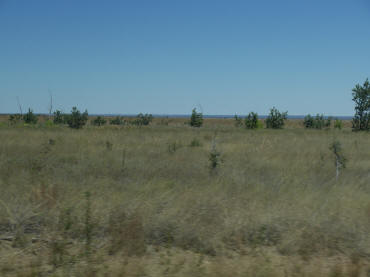 |
 |
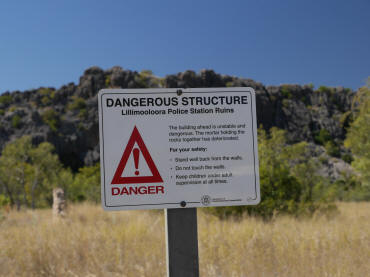 |
| A quick bus trip to the
old ruins of the Lillimooloora Police Station |
Then a short walk |
The usual safety sign |
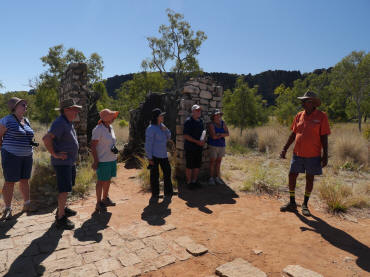 |
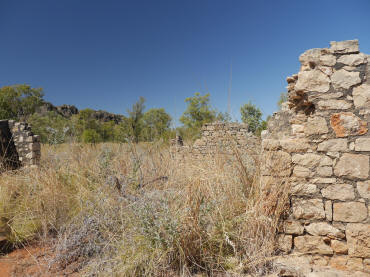 |
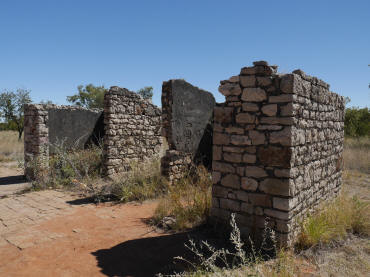 |
| Our guide
talks about the Jandamarra story |
From the
Aboriginal viewpoint |
Ruins of
the Lillimooloora Police Station |
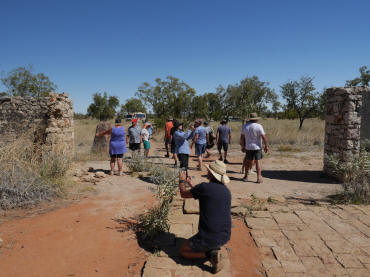 |
 |
 |
| Ruins of the Lillimooloora
Police Station |
Ruins of the Lillimooloora
Police Station |
Ruins of the Lillimooloora
Police Station |
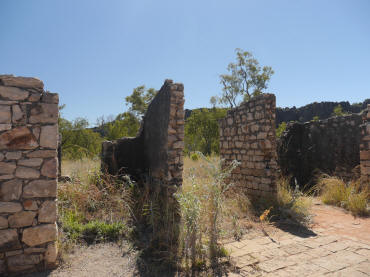 |
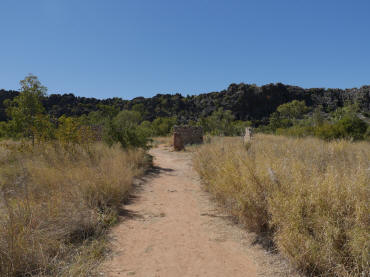 |
 |
| Ruins of the Lillimooloora
Police Station |
Looking back to the ruins |
Onto Tunnel Creek National Park |
| |
|
|
| |
Back
Top |
|
|
TC |
|
|
|
Part 3: Tunnel Creek |
|
Map: Possible Tunnel Creek Walk Path |
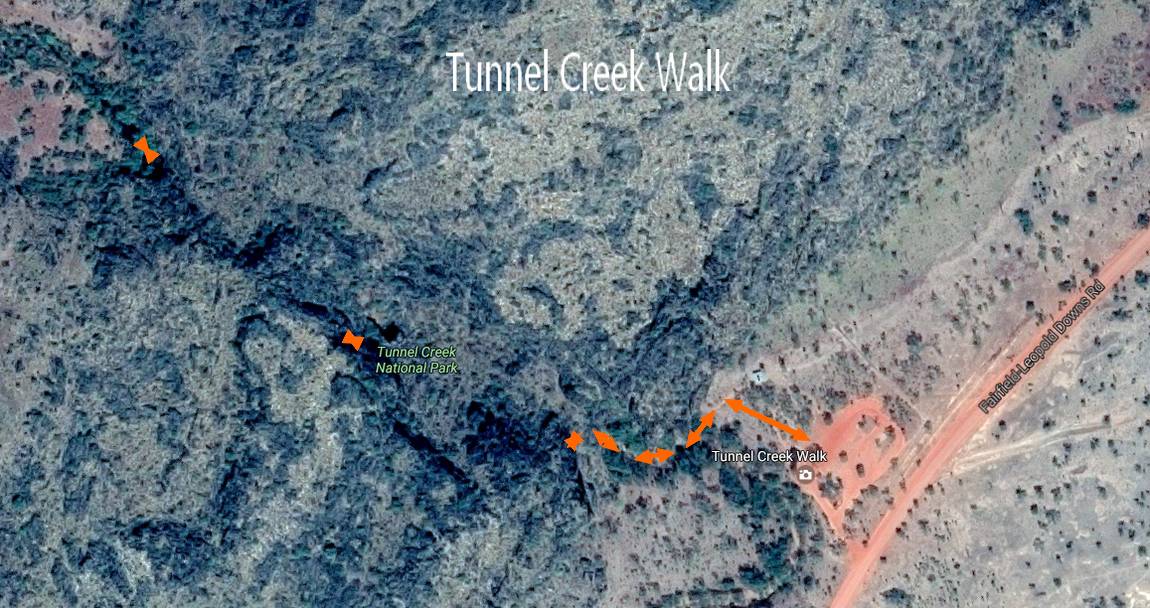 |
|
Western Australia's oldest cave system, in Tunnel Creek National Park,
is famous as a hideout used in the late 1800s by an Aboriginal leader
known as
Jandamarra.
He was killed outside its entrance in 1897.
Tunnel Creek flows through a water worn tunnel beneath the limestone of
the Napier Range, part of the 375 to 350 million-year-old Devonian Reef
system. You can walk 750 metres through the tunnel to the other side of
Napier Range, wading through several permanent pools and watching for
bats and the stalactites that descend from the roof in many places.
Fauna:
Tunnel Creek was once known as the "cave of bats". At least five species
of bat are known to use the cave. These include the Western Cave Bat,
the common Bentwing bat and the rare Ghost Bat, Australia's only
carnivorous bat, which preys on frogs, lizards, small birds and mammals
including other bats.
The Yellow-lipped Bat, found only in the Kimberley, has been little
studied but apears to be a strict cave dweller. The Orange leaf-nose bat
named for its golden fur prefers limestone caves which provide warmth
and humidity to help maintain its body temperature when resting. Unlike
other bats, Orange leaf-nosed bats do not huddle together to keep warm.
Many of these bats are particularly sensitive to disturbance. Ghost bats
and the orange leaf-nosed bat may abandon their refuges if too much
artificial light penetrates the cave.
At times a colony of Little Red fruit bats roost where the roof of the
tunnel has collapsed. During the day the tunnel provides a protected
retreat. At dusk they leave en masse to seek out the blossoms of
woodland trees.
The tunnel is up to 12 metres high and 15 metres wide in parts. Near the
centre of the cave the roof has collapsed and is an excellent place to
observe the colony of fruit bats. Take a torch, wear sneakers and be
prepared to get wet and possibly cold.
Geology:
The limestone reef is made up of calcium carbonate, which is readily
dissolved by rainwater seeping from the surface into the rock. Over many
thousands of years, water flowing along cracks, joints and bedding
surfaces dissolves the limestone away, opening them out to form caves.
Cave systems have formed wherever the reef has been exposed at the
Earths surface. This first occurred 250 million years ago, and the
present system of active caves may have reused the same channels they
created over the last 20 million years or so.
Tunnel Creek follows a prominent joint through the limestone. A old
river valley on top of the range formed at a time when the climate was
wetter, and the water table (the level to which rock beneath the surface
is saturated with ground water) was higher. Erosion has since exhumed
the reef, preserving the old river course.
The presence of underground pools along the floors of the cave is due to
the water table being just below the present erosion surface. Water only
flows through the cave after prolonged heavy rain during the wet season.
During the dry season, water dripping from the roof of the caves and
onto the floor precipitates calcite to form stalactites and stalagmites,
or flows down the walls to form curtains of flowstones.
(Information source - Department of Conservation and Land
Management)
|
 |
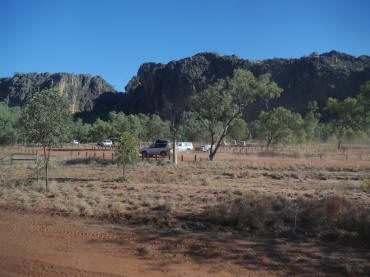 |
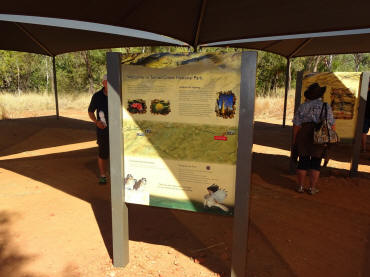 |
| Tunnel Creek NP coming
into view |
Tunnel Creek NP car park |
Information area |
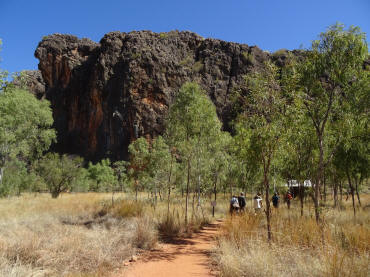 |
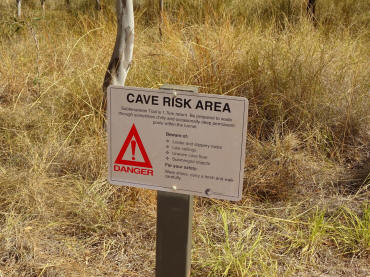 |
 |
| Walking into Tunnel Creek
Caves area |
The usual risk sign |
Tunnel Creek scenery |
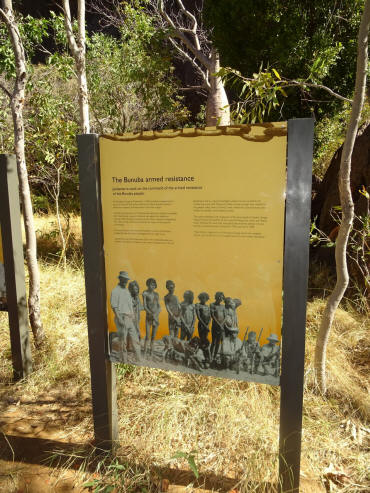 |
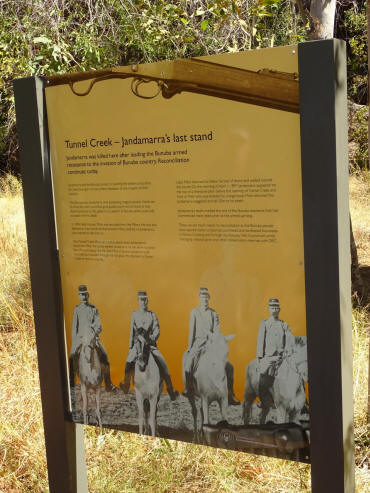 |
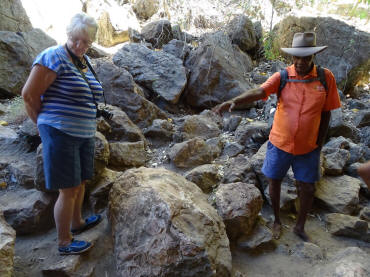 |
| Signs telling the
Jandamarra story |
Signs telling the
Jandamarra story |
Our guide talking about
the local area |
|
Grinding stone |
 Walking
down into the cave Walking
down into the cave |
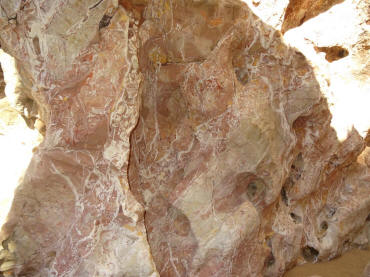 Amazing
rock, looks like Jasper Amazing
rock, looks like Jasper |
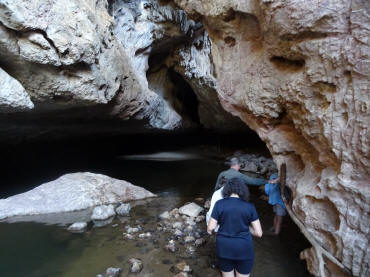 |
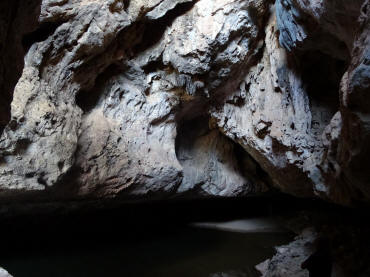 |
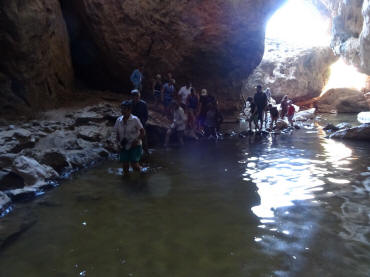 |
| The start of the cave
walk, time to get our feet wet |
The start of the cave walk |
The start of the cave walk
- looking back |
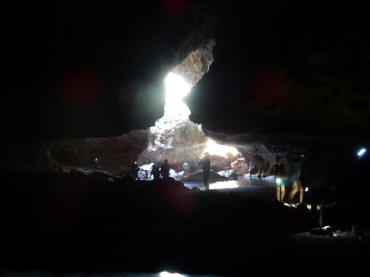 |
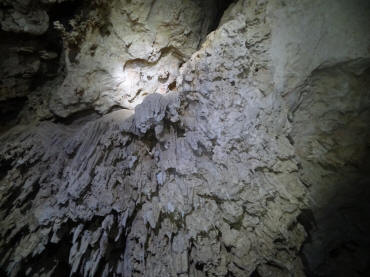 |
 |
| The start of the cave walk
- looking back |
Limestone- stalactites |
Half way through the cave
at the roof collapse |
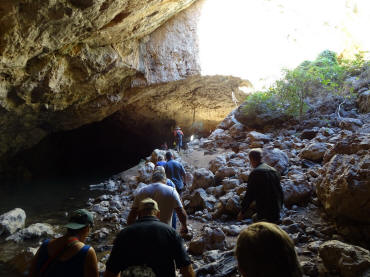 |
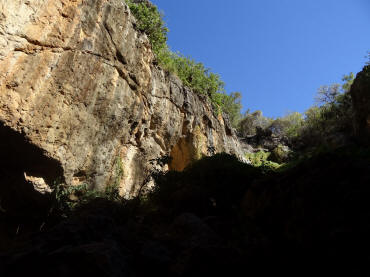 |
 |
| Half way through the cave
at the roof collapse |
Roof collapse, looking out |
Flying Foxes in the trees |
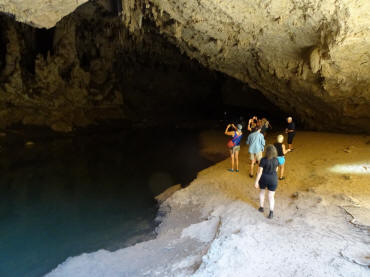 |
 |
 |
| Heading on |
More stalactites |
More stalactites -
close-up |
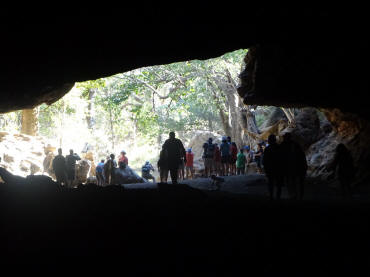 |
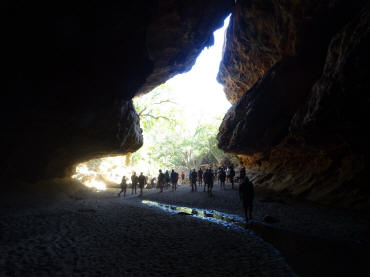 |
 |
| The end comes into view |
The end comes into view |
The end comes into view |
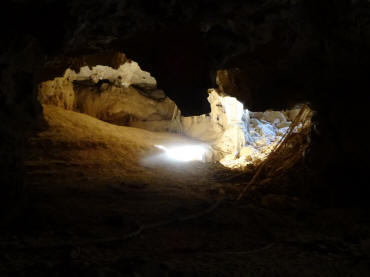 |
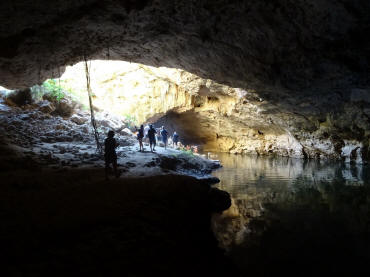 |
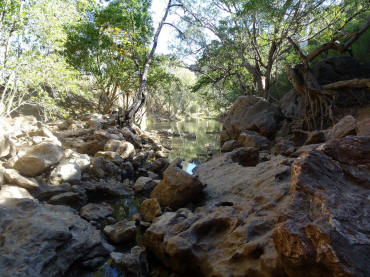 |
| The end comes into view |
The end comes into view |
Creek flowing
into the cave system |
 |
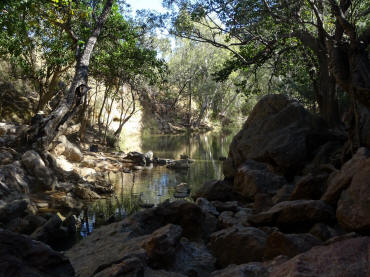 |
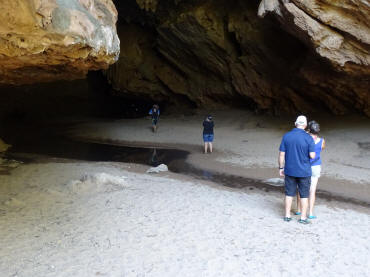 |
| Creek view |
Creek view |
Looking back into the cave
entrance |
 |
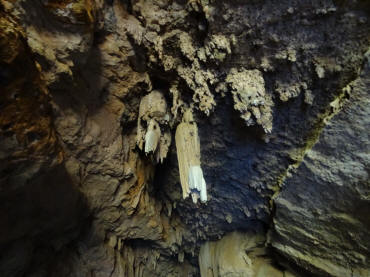 |
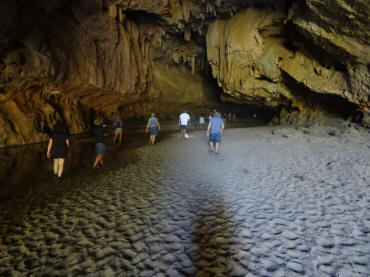 |
| Heading back in to retrace
our steps |
More stalactites |
Retracing our steps |
 |
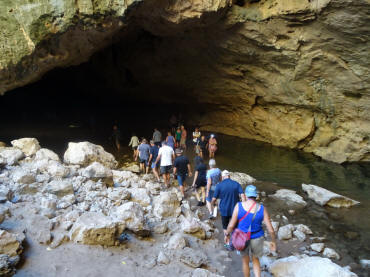 |
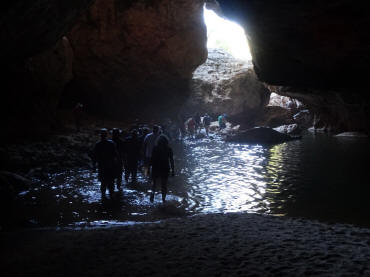 |
| The roof collapse area |
The roof collapse area |
Almost back at the start |
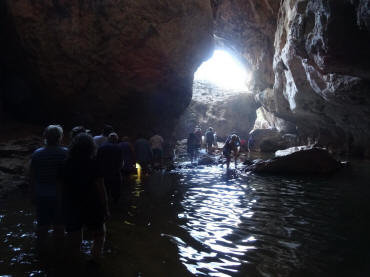 |
 |
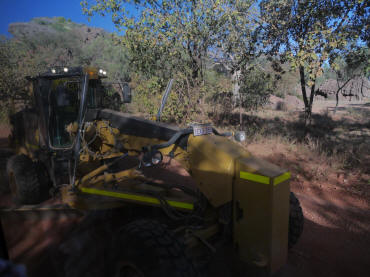 |
| Almost back at the start |
In the bus and just
exiting the Tunnel NP |
The graders are coming |
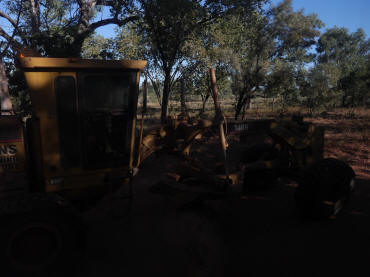 |
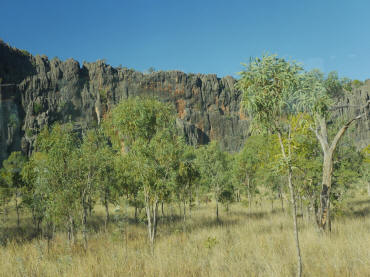 |
 |
| We pass them by ... the
same old horrible road |
Heading to Derby |
Heading to Derby |
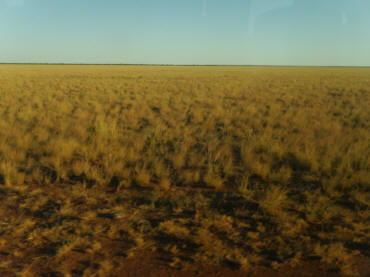 |
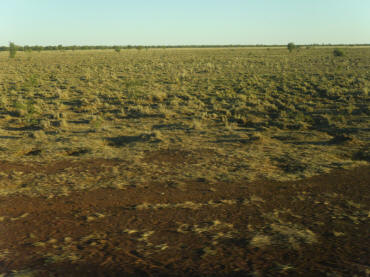 |
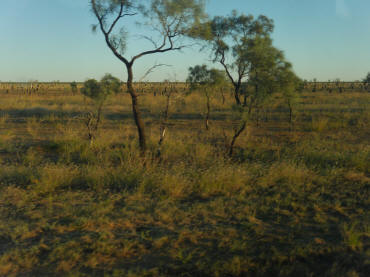 |
| Heading to Derby |
Heading to Derby |
Heading to Derby |